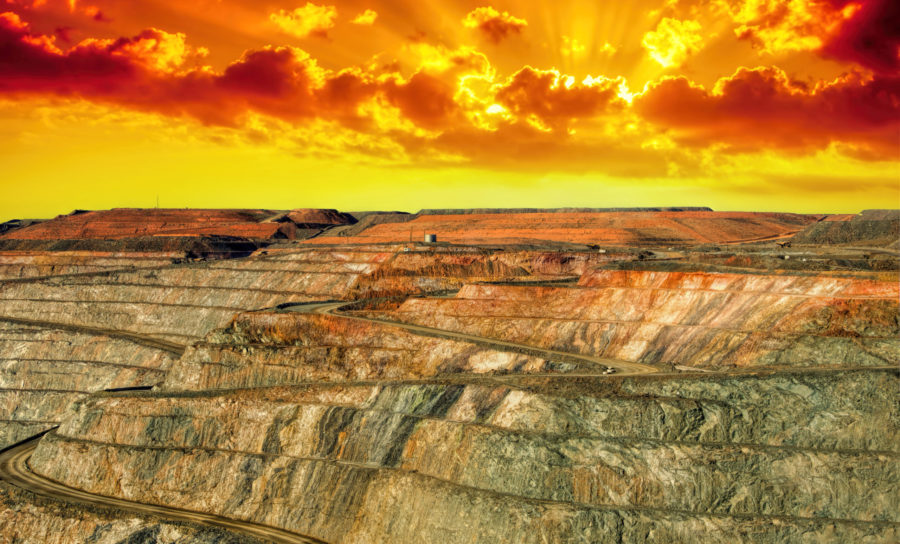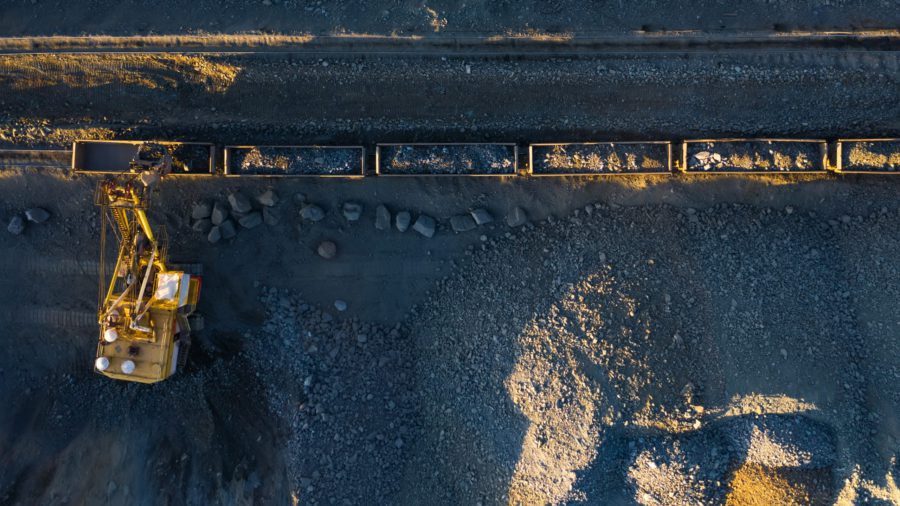Hallelujah in Houston: growing optimism over US oil and gas ‘rebirth’

The speeches at this year’s IHS CeraWeek in Houston were enthusiastic as oil and gas industry leaders took stock of “an enormous amount of previously unreachable [shale] oil and gas.”
General Motors chief executive Dan Akerson, one of the keynote speakers, compared the US today with the US of the early post-WW2 era, a time when “abundant, domestically sourced energy made all things possible.”
“All things may be possible once again, if we play our cards right,” he continued.
Senior executives at Aramco, Exxon Mobil, Statoil and BP sustained the upbeat mood, indicating that the US shale oil and gas revolution had “set the pace for the global petroleum industry,” that it was stimulating investment and job creation, reducing the federal deficit, and causing positive spillover effects like the “chemical industry renaissance.”
Financial Times energy analyst Ed Crooks suggests that estimates of the shale resource base could be overstated but admits that “production has held up so far; even for gas after the gas-focused rig count has collapsed.”
Crooks continued:
“Perhaps the greatest threat to the US shale industry is its very success. A big increase in oil production coming on to the market over the next few years, especially if we hit a new period of economic weakness, could send crude prices tumbling. But Saudi Arabia’s decisions will be key here, and its production cuts at the end of last year look like a signal that it is prepared to take action to defend prices at around their present levels.”
For more of Ed Crooks’ coverage of IHS CeraWeek, click here.
Photo: YouTube screengrab.
{{ commodity.name }}
{{ post.title }}
{{ post.date }}


Comments